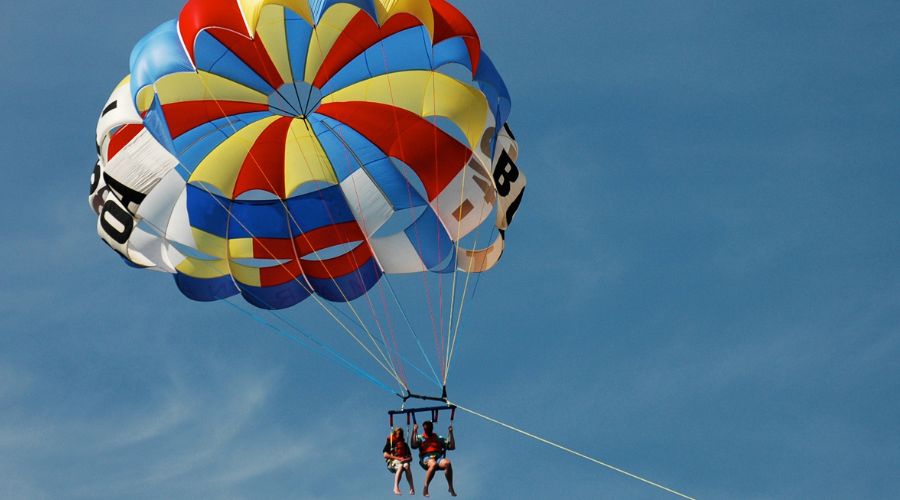Parasailing offers an exhilarating experience, floating high above the water and enjoying panoramic views. However, when it comes to pregnant women participating in this activity, safety becomes a paramount concern. This guide delves into the specifics of parasailing during pregnancy, focusing on safety protocols, risks, and recommendations from health professionals.
Understanding Parasailing
Before assessing the risks associated with parasailing for pregnant women, it's crucial to understand what parasailing entails. Parasailing involves being towed behind a boat while attached to a specially designed parachute, known as a parasail wing. The harness attaches the participant to the parasail, which lifts off the ground when the towing boat speeds up.
Equipment Specifications
- Parasail Wing: The wing's size can vary, typically between 20 and 35 feet in width, designed to accommodate different weights and wind conditions.
- Harness and Tether: These are made from high-quality materials designed to withstand the force of lift and the weight of the participant.
- Speed: The boat's speed to achieve lift-off can range from 15 to 30 mph, depending on wind conditions and the participant's weight.
Safety Considerations for Pregnant Women
When it comes to parasailing, several safety considerations specifically apply to pregnant women.
Health Risks
- Abdominal Trauma: The harness can exert pressure on the abdomen, posing a risk to the fetus.
- Falls and Impact: Although rare, the risk of falling from height or sudden jerky movements can be dangerous.
- Stress and Anxiety: The activity can induce stress or anxiety, which is not advisable during pregnancy.

Professional Recommendations
Health professionals generally advise against participating in activities with a risk of falls or abdominal trauma during pregnancy. The American Pregnancy Association suggests avoiding activities that involve a high risk of falling or abdominal injury.
Alternatives and Precautions
For those who still wish to enjoy water sports during pregnancy, there are safer alternatives:
- Kayaking and Canoeing: With proper safety gear and in calm waters, these activities offer a safer option.
- Swimming: An excellent way to stay active, offering low impact and resistance benefits.
Precautionary Measures
- Consultation with a Healthcare Provider: Always consult with a healthcare provider before engaging in any activity during pregnancy.
- Choose a Reputable Operator: If deciding to parasail, select an operator with a strong safety record and who understands the specific needs of pregnant participants.
In conclusion, while parasailing offers an unmatched experience of freedom and excitement, it carries specific risks that make it unsuitable for pregnant women. Alternatives exist that allow for safe enjoyment of water-based activities during pregnancy. For more detailed information on this topic, visit can you parasail while pregnant.
